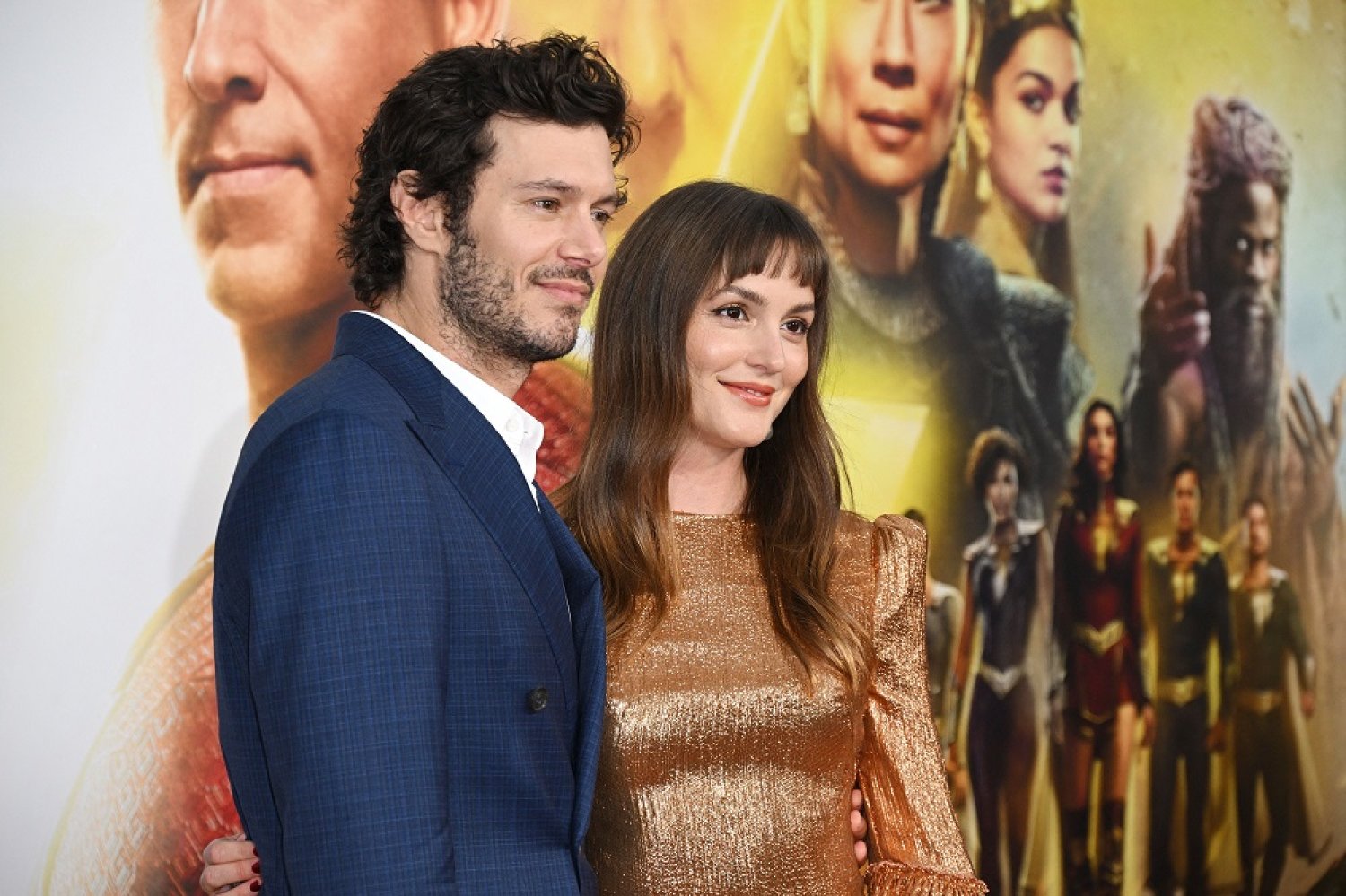If one thing is certain about “Deadpool,” it’s that its titular hero, for reasons never explained, understands his place in the world — well, in our world.
Indeed, the irreverent and raunchy mutant is sure to belabor his awareness of the context in which he lives — namely an over-saturated, increasingly labyrinthine multibillion-dollar Marvel multiverse which spans decades, studios and too many films for most viewers to count.
From its inception, the “Deadpool” franchise has prided itself on a subversive, self-aware anti-superhero superhero movie, making fun of everything from comic books to Hollywood to its biggest champion, co-writer and star, Ryan Reynolds.
It’s no surprise then, as fans have come to expect, that the long-anticipated “Deadpool & Wolverine” further embraces its fourth wall-breaking self-awareness — even as it looks increasingly and more earnestly like the superhero movie blueprint it loves to exploit. That tension — the fact that “Deadpool” has called out comic book movie tropes despite being, in fact, a comic book movie — is somehow remedied in “Deadpool & Wolverine,” which leans into its genre more than the franchise’s first two movies.
Perhaps this gives viewers more clarity on its intended audience. After all, someone who hates superhero films — I’m looking at you, Scorsese — isn’t going to be won over because of a few self-deprecating jokes about lazy writing, budgets for A-list cameos and the overused “superhero landing” Reynolds’ Deadpool regularly refers to.
But this time around, director Shawn Levy — his first Marvel movie — seems to have found a sweet spot. Levy is surely helped by the fact that the third film in the franchise has a bigger budget, more hype and, of course, a brooding Hugh Jackman as Wolverine.
That anticipation makes their relationship, packed with hatred and fandom, all the more enticing. Their fight scenes against each other are just as compelling as their moments of self-sacrificial partnership in the spirit of, you guessed it, saving the world(s).
Speaking of worlds, there is one important development in our own to be aware of ahead of time. The first two “Deadpool” films were distributed by 20th Century Fox, whose $71.3 billion acquisition by the Walt Disney Co. in 2019 opened the door for the franchise to join the Marvel Cinematic Universe.
Perhaps unsurprisingly, “Deadpool & Wolverine” takes full advantage of that vast playground, which began in 2008 with Robert Downey Jr.’s “Iron Man” and now includes more than 30 films and a host of television shows. The acquisition is also a recurring target of Deadpool’s sarcasm throughout the movie.
Although steeped in references and cameos that can feel a bit like inside baseball for the less devoted, “Deadpool & Wolverine” is easy enough to follow for the casual Marvel viewer, though it wouldn’t hurt to have seen the first “Deadpool” and Jackman’s 2017 “Logan,” a harbinger of the increasing appetite for R-rated superhero violence. The Disney+ series “Loki” also gives helpful context, though is by no means a must watch, on the Time Variance Authority, which polices multiverse timelines to avoid “incursions,” or the catastrophic colliding of universes.
A defining feature of “Deadpool” has been its R rating and hyper violent action scenes. Whether thanks to more money, Levy’s direction or some combination of the two, these scenes are much more visually appealing.
But “Deadpool & Wolverine” does succumb to some of the deus ex machina writing that so often plagues superhero movies. Wade Wilson’s (the real identity of Deadpool) relationship with his ex (?) Vanessa is particularly underdeveloped — though it’s possible that ambiguity is a metaphor for Deadpool’s future within the MCU.
The plot feels aimless at points toward the end. One cameo-saturated battle scene in particular is resolved in a way that leaves its audience wanting after spending quite a bit of time building tension around it. While there are a few impressive stars who make an appearance, audiences may be disappointed by the amount of MCU characters referenced who don’t make it in.
The bloody but comedic final fight scene, however, is enough to perk viewers back up for the last act, solidifying the film’s identity as a fun, generally well-made summer movie.
The sole MCU release of 2024, “Deadpool & Wolverine” proves it’s not necessarily the source material that’s causing so-called superhero fatigue. It also suggests, in light of Marvel’s move to scale back production following a pandemic and historic Hollywood strikes, that increased attention given to making a movie will ultimately help the final product.







